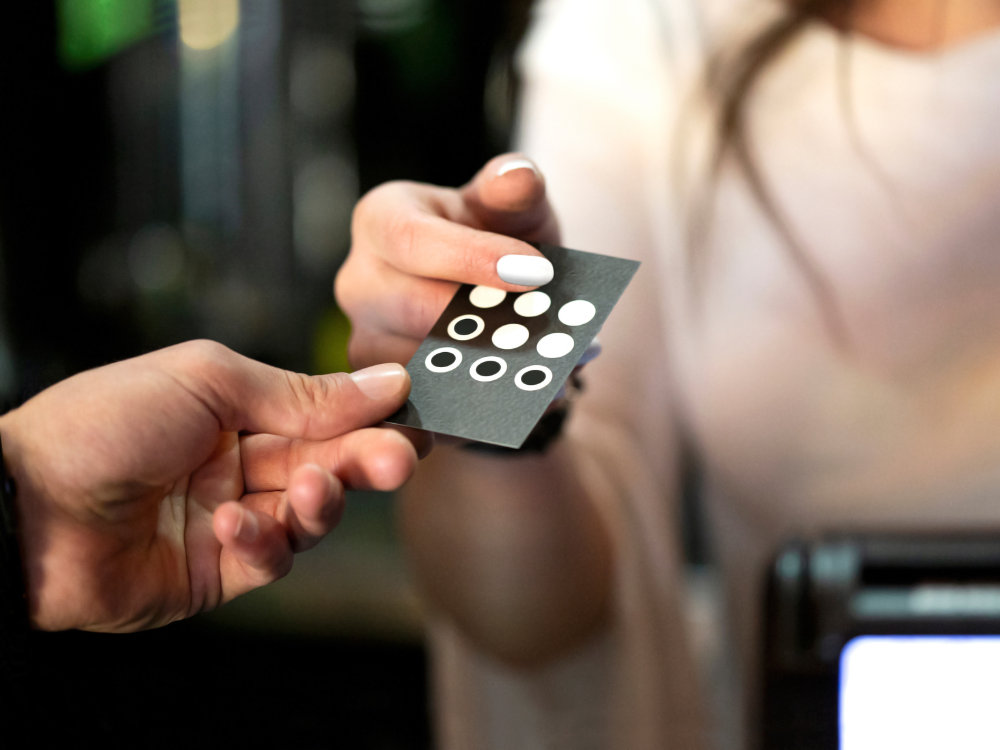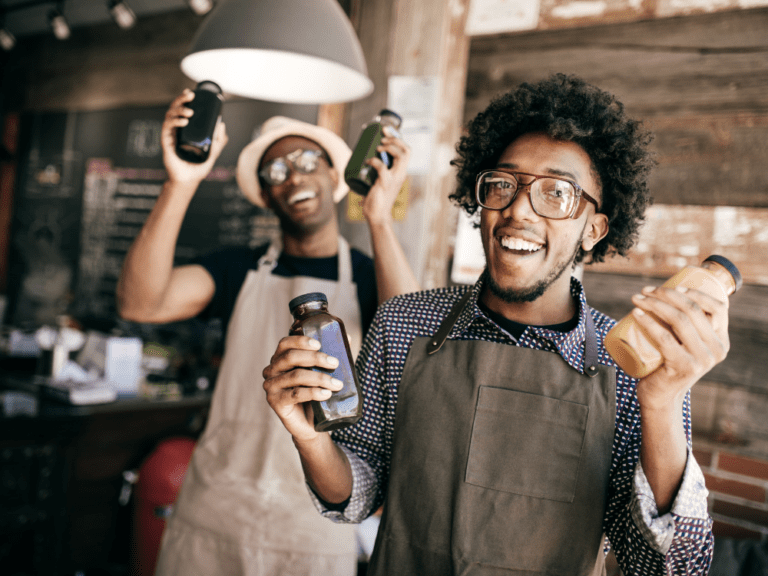Enhancing Customer Loyalty Across Unique Industries (with Examples)
Loyalty programs have traditionally been the go-to marketing tool of retail and hospitality, but their potential extends far beyond. When creatively adapted, these programs can create unparalleled customer loyalty and engagement in sectors where they might not be expected.
Here’s how different businesses can implement loyalty strategies effectively, supported by illustrative examples.
The Unexplored Potential of Loyalty Programs
Loyalty programs excel at transforming occasional customers into devoted supporters by rewarding them for their patronage and engagement. The key to their effectiveness lies in recognizing and reinforcing the value of every customer interaction, not just purchases.
Example: A municipal public transit authority could introduce a loyalty program that rewards riders for consistent use and promotes sustainable travel habits, such as bonus points for off-peak travel or participating in city-wide clean-up events.
Setting Goals and Understanding Your Audience
The foundation of any successful loyalty program is a clear set of goals aligned with a deep understanding of your customer base. Identifying what drives your customers and how your business can meet their needs is crucial.
Example: A local art museum decides to boost visitor numbers and increase community involvement. It designs a loyalty program that rewards members for attending new exhibits, participating in workshops, and volunteering for educational programs, catering to art enthusiasts’ desire for cultural engagement and community service.
Choosing the Right Loyalty Program Format
The structure of your loyalty program should mirror your business objectives and appeal to your customers’ preferences. Whether it’s a points system, tiers, or challenges, the format should facilitate easy participation and offer clear value.
Example: A dental clinic introduces a tiered loyalty program offering rewards like free cleanings, discounts on cosmetic services, and invitations to health seminars, encouraging regular visits and promoting dental health awareness.
Utilizing Technology for Enhanced Engagement
Leveraging modern technology can significantly increase the effectiveness of your loyalty program, making it easier for customers to participate and for businesses to track engagement.
Example: An independent educational app developer uses in-app achievements and rewards to encourage ongoing learning and subscription renewals. Rewards could include access to exclusive content or features, recognizing and incentivizing users’ progress.
Crafting Meaningful Rewards
Rewards should resonate with your customers, offering them real value and demonstrating your appreciation for their business. Tailor rewards to your audience’s interests and needs to ensure they’re compelling.
Example: A community gardening service offers rewards such as personalized gardening consultations or exclusive workshops on sustainable gardening practices, appealing to their eco-conscious clientele’s desire for personal growth and environmental stewardship.
Effective Promotion Strategies
Promoting your loyalty program through various channels ensures it reaches the maximum audience. Use clear, engaging communication to highlight the benefits of joining your program.
Example: A local recycling company uses social media campaigns, community newsletters, and local events to promote a loyalty program that rewards households for consistent recycling, emphasizing the program’s impact on environmental sustainability.
Empowering Your Team
Your staff are the ambassadors of your loyalty program. Equip them with the knowledge and tools to promote the program effectively and engage with customers about its benefits.
Example: A veterinary clinic trains its staff to introduce the loyalty program to pet owners during visits, highlighting benefits like discounted wellness checks and free nutritional consultations, ensuring pet owners understand and see the value in the program.
Harnessing Feedback for Continuous Improvement
Feedback is invaluable for refining your loyalty program. Actively seek out customer opinions to adjust and improve your offerings, keeping the program relevant and engaging.
Example: An online course provider solicits feedback through surveys and discussion forums, using responses to tailor their loyalty rewards, such as course discounts and access to exclusive learning materials, ensuring they meet learners’ evolving needs.
Building and Leveraging a Customer Contact List
A well-maintained customer contact list is a goldmine for personalized marketing and engagement, offering a direct line to your most engaged customers.
Example: A local non-profit environmental organization uses its loyalty program to build a contact list of volunteers and donors, sending them personalized updates on projects their contributions have supported, deepening their engagement and commitment to the cause.
Personalizing the Customer Experience
Personalization enhances the effectiveness of your loyalty program by making customers feel uniquely valued. Tailor rewards and communications to fit individual customer profiles for maximum impact.
Example: A small online bookstore uses purchase history to offer personalized book recommendations and rewards, such as exclusive access to author Q&As or signed copies, making each member feel specially recognized.
Integrating Gamification to Boost Engagement
Gamification introduces fun, competitive elements into your loyalty program, increasing participation and making engagement more enjoyable.
Example: A city bike-share service implements a challenge system where users earn points for miles ridden, with leaderboards and rewards like free ride credits or merchandise, encouraging healthy competition and frequent use.
Fostering Community and Pursuing Strategic Partnerships
Your loyalty program can serve as a platform for building a vibrant community around your brand and for establishing mutually beneficial partnerships.
Example: A local indie film theater partners with nearby restaurants to offer joint loyalty rewards, such as discounted meals and movie tickets, fostering a community of cinema and dining enthusiasts and promoting local businesses.
It’s clear that loyalty programs, when thoughtfully designed and executed, can significantly enhance customer engagement and loyalty across a wide range of sectors, far beyond traditional retail environments.
Are you ready to include a Loyalty Program in your business’s marketing strategy?
Sign up for our free, self-paced course to learn what you need and how to build a loyalty program that suits your business and your customers!






